
Air pollution is due to alterations produced in the atmosphere, which are harmful to living beings. This type of pollution, depending on where it is located, is recognized as local if its area of influence is limited to a specific or planetary area when its effects reach the entire earth.
Exposure to air pollution is present in all places, especially in urban sites, and can affect the entire population throughout our lives.
Multiple studies and systematic reviews have listed air pollution as an established cause of mortality, which has made it possible to the establishment of air quality policies within countries. However, a large part of the world's population continues to live in areas with poor air quality.
The Atmosphere is created to protect from harmful rays of the sun (ultraviolet rays) to human beings, animals and plants, at the same time that it does not allow elements vital for their subsistence to be dispersed. They play an important role in that protection oxygen and ozone
Causes of air pollution
Natural factors
Man is not always to blame, sometimes the causes of air pollution can be due to natural factors:
Ash and emissions from volcanoes.
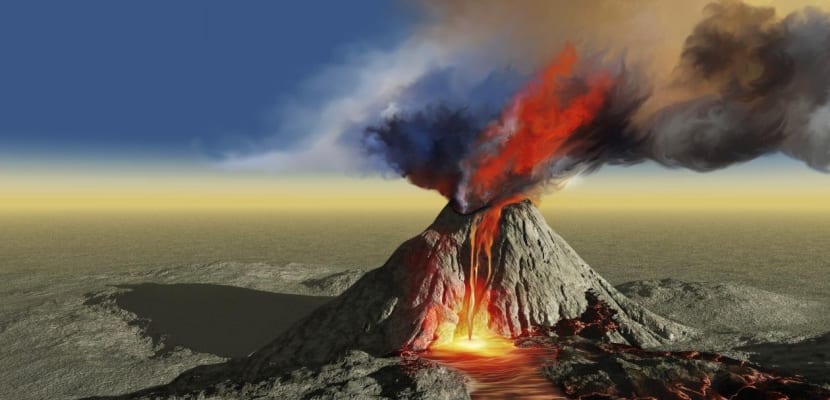
Smoke and gases from unprovoked fires.
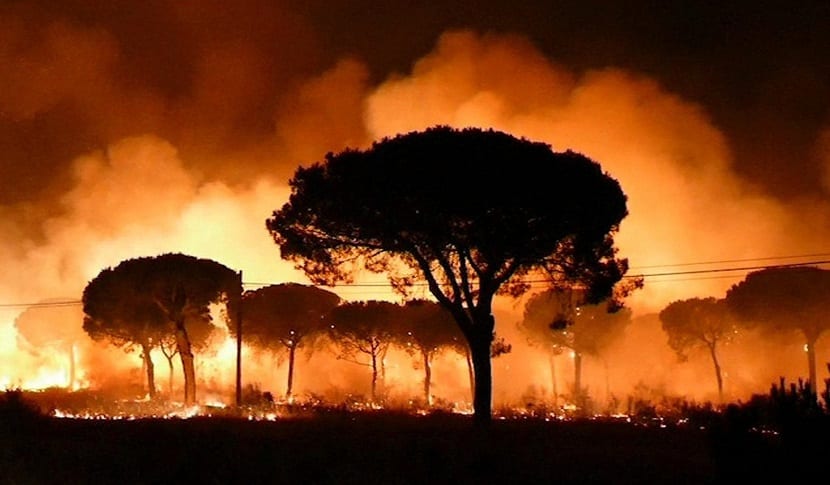
Dust storms
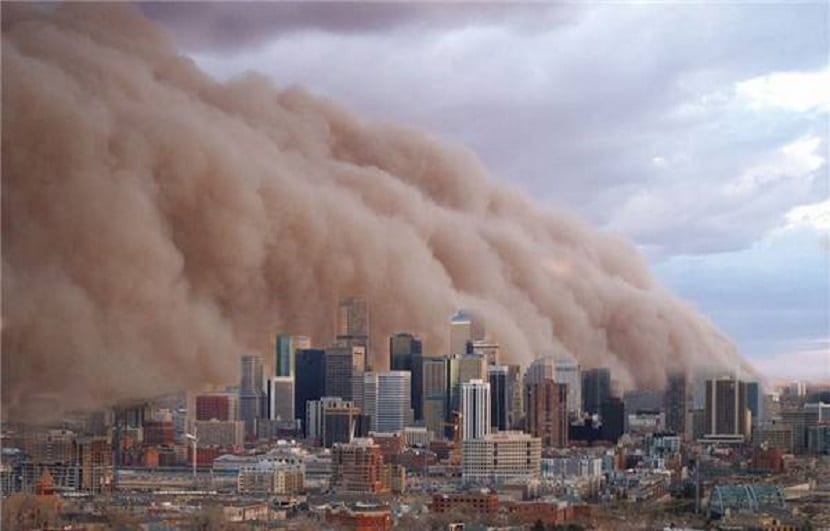
Plant spores and pollen.

Human factor
Unfortunately, most of the time the problems are created by ourselves. We can classify some of the causes of air pollution created by human (anthropogenic) as follows:
Pollutants from gasoline cars
Carbon monoxide (CO), nitrogen oxides (NOx) and lead derivatives (tetraethyl lead) to increase octane.
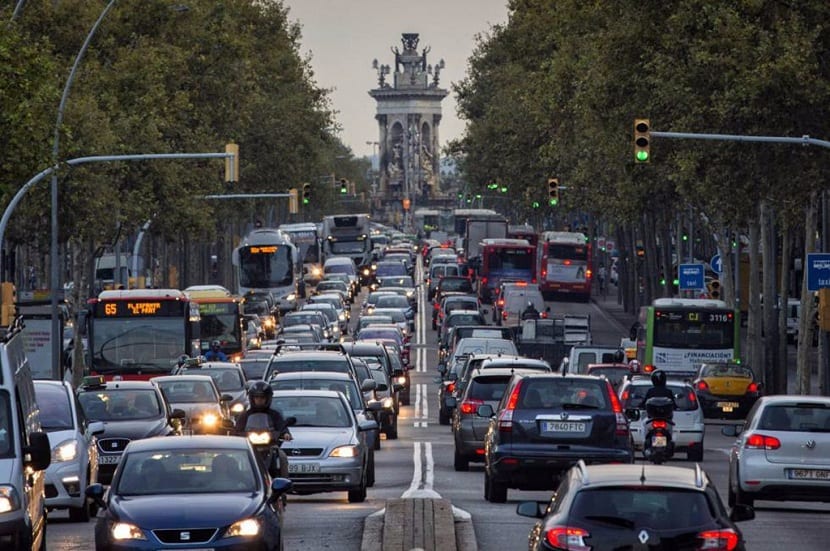
Pollutants from automobiles a diesel (trucks and buses)
This results in dense fumes, unburned hydrocarbons (HC), nitrogen oxides and sulfur dioxide from the sulfur contained in the fuel.
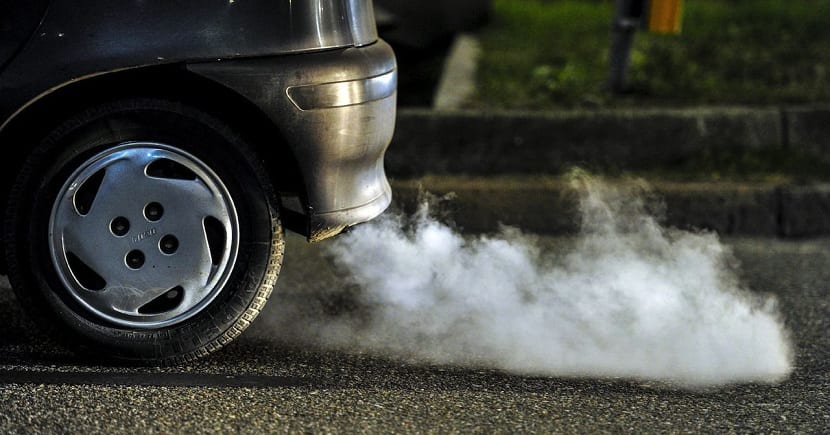
heating for coal.
The pollutants sulfur dioxide, fly ash, soot, heavy metals and nitrogen oxides.

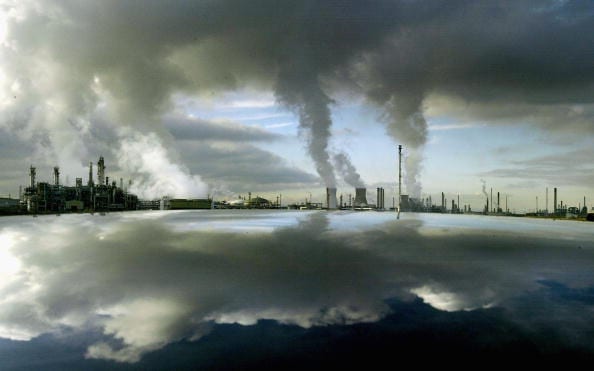
heating by diesel or diesel
SO2, SO3, NOx, unburned volatile hydrocarbons and carbonaceous particles.
heating by natural gas negligible pollution.
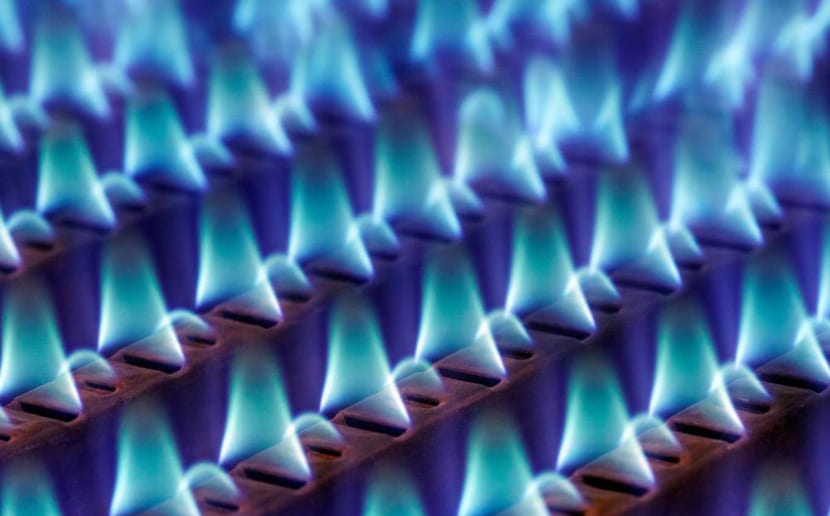
Pollutants released by industry
Thermal power plants for the production of electricity. use fuel oil and coal that raise ash, carbon dioxide, nitrogen oxides, heavy metals and sulfur (sulfur dioxide)
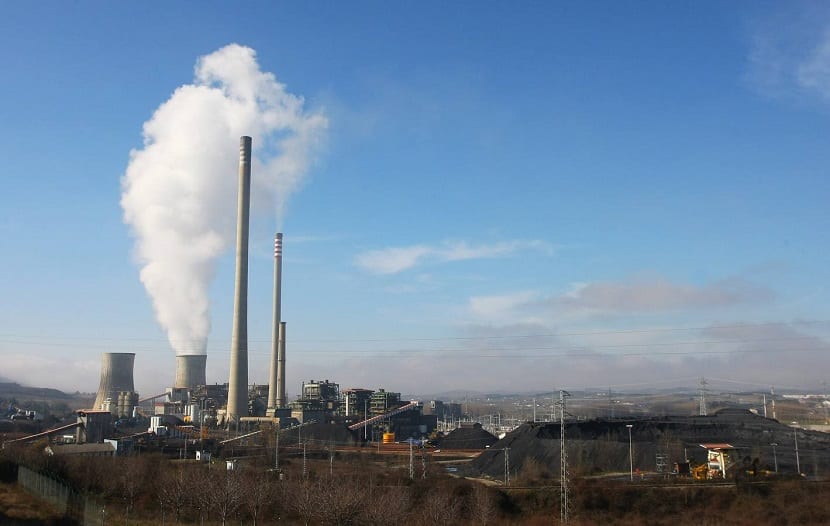
The causes of air pollution can be divided by:
primary pollutants
Primary pollutants are harmful substances that are discharged directly into the atmosphere.
Carbon dioxide (CO2)
It is the gas with the greatest cause of global warming in the so-called greenhouse effect. It originates from the combustion of coal, oil and natural gas. In high concentrations it is toxic and can cause death.
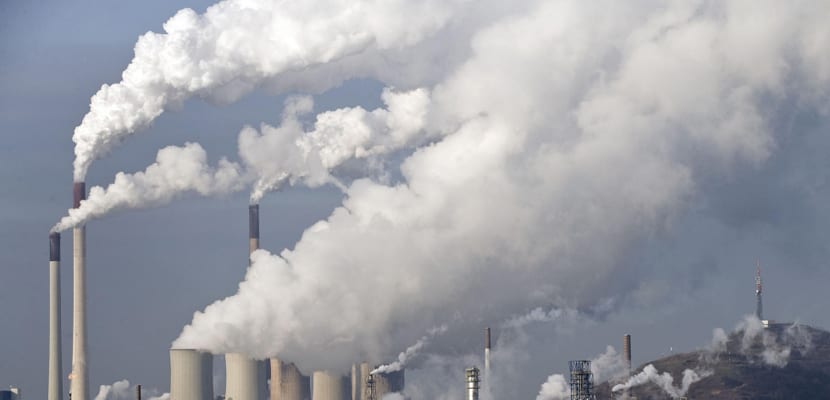
carbon monoxide (CO)
It is due to the incomplete combustion of fuels such as gasoline, oil and firewood. When breathed in, it is transferred to the blood, where they prevent oxygen delivery. In small proportions it feels like fatigue, headaches and dizziness and in high proportion it can be fatal

Chlorofluorocarbons (CFCs)
Used in refrigeration systems such as air conditioners. These gases reach the stratosphere and are responsible for the depletion of the ozone layer.
Hazardous Air Pollutants (HAP)
Although their emanations move through the atmosphere, it is necessary to classify them as causes of chemical pollution. They can cause cancer, nervous disorders, malformations and death
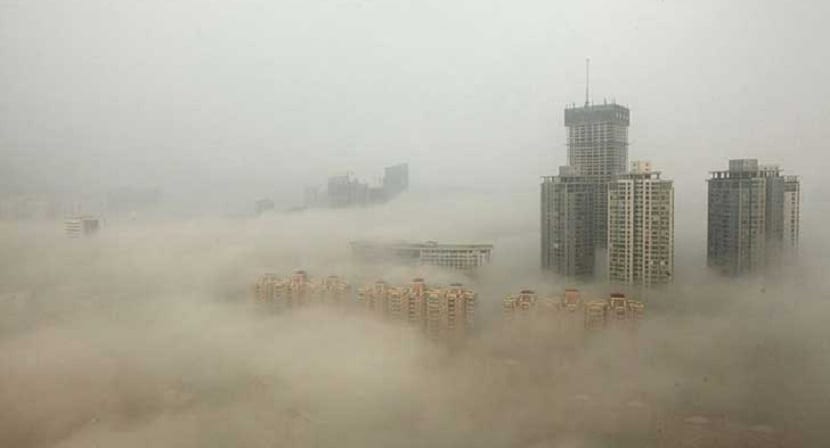
Lead
It is a highly toxic metal, in fact, before the water pipes that were made with this material are currently used in copper. The emanations from the oil consume They were the highest percentage of poisoning that was mitigated in part with the so-called catalysts, but there are still products with a high content of this material, paints, batteries, dyes, etc. The product is carcinogenic
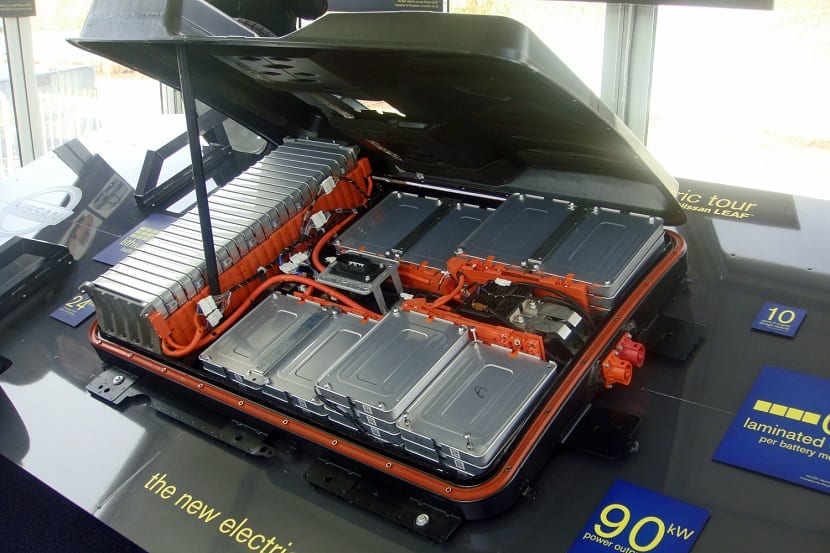
Nitrogen oxides (NOx)
Cause of smog (fog and smoke) (nitrogen oxides with volatile organic compounds. Cause general respiratory system disorders) and cause of acid rain (it damages vegetation and water in lakes and rivers, eliminating bacteria that are food for fish). It is created by combustion of gasoline, coal and other fuels.

Sulfur dioxide (SO2)
It is created in the combustion of coal, cause of smog and acid rain. It has to do with sulfuric acid, it also generates respiratory disorders.


particles
Solid matter in suspension causing various respiratory diseases.
Volatile Organic Compounds (VOC)
They are causes of chemical pollution that travels through the atmosphere. They emit vapors very easily (gasoline, benzene, toluene, xylene and perchlorethylene. Benzene has carcinogenic effects.
Secondary pollutants
They do not spread directly into the atmosphere, but require chemical manipulations:
- Photochemical contamination
- The reduction of the thickness of the ozone layer
- Acidification of the medium
Consequences of air pollution
diseases in people:
Asthma, emphysema, bronchitis, lung cancer.
There are many short and long-term effects that air pollution can have on people's health. Indeed, urban air pollution increases the risk of acute respiratory diseases, such as pneumonia, and chronic, such as lung cancer and cardiovascular disease.
Air pollution affects different groups of people in different ways. The most serious effects occur in people who are already sick. Furthermore, the most vulnerable groups, such as children, the elderly, and low-income families with limited access to health care are more susceptible to the harmful effects of this phenomenon.
Dermatological.
Air pollution has a direct effect on health and particularly on the lungs. It is also very harmful to the skin and seems to generate skin aging, dehydration of the skin, development of acne, degradation of cellular material, etc.
The consequences on the skin are multiple: you become dehydrated, dirty, irritable. But each skin is unique and will not react in the same way to pollutants, to skin absorption depending on its absorption capacity and to external conditions (temperature, humidity index). Air pollutants also generate free radicals that are partly responsible for skin aging. Some scientific studies have also revealed the negative effects of pollution on the hydration index and in excessive desquamation. The skin can lose flexibility and radiance.
In the materials:
Erosion of building materials
In plants:
It impairs photosynthesis.
The extermination of plant species determines a decrease in the amount of oxygen produced by photosynthesis, which affects trophic chains. Vegetables are organisms that produce organic matter and food in biological communities; therefore, the lack of flora affects the development of life.
Environmental:
Big city smog
The worst cities with respect to smog are those that do not enjoy constant and strong winds, which are usually those that are in closed valleys, near the coast, etc. Examples of cities with constant smog are Santiago de Chile, Chile; Mexico City, Mexico; Los Angeles United States; London England. Santiago and Mexico have the problem of being enclosed, and are not swept by powerful winds. They are located high up then the cold air keeps the smog anchored.
London suffered greatly from smog in the past, but various ordinances were improving the air by banning industries, creating smoke-free zones, banning entry to the downtown area for automobiles, etc.
Los Angeles is a depression surrounded by mountains, which means that the smog cannot escape. Not to mention that it is one of the most polluting cities.
Smog problem in China
The environmental crisis in Asia, or more specifically in China it is reaching levels never seen before. Big cities go from one red alert to the next, smog is advancing like a sandstorm, sales of masks have grown exponentially, and the same is happening with criticism of the government. But from here we can ask ourselves, Why does this happen? The reason combines multiple factors, from the industrial and the energetic, to the geographical.
Unfortunately it has become a very frequent image: Beijing, the capital of China, covered in smog. Authorities have explored multiple options. Specific bans, artificial rain, drones ... nothing seems to work. The problem is that there is not much sense in attacking individual foci. Pollution requires a united front, and the more time is lost, the higher the price paid by the population.
Climate Change
Climate change is the most serious problem and with more importance that humanity faces today. Since the arrival of the industrial revolution and the burning of fossil fuels for power generation and transportation, greenhouse gases in the atmosphere, including COXNUMX, have increased considerably.2 and methane.

Thomas stocker, a physicist at the University of Bern in Switzerland and one of the lead authors of the latest reports written by the IPCC (Intergovernmental Panel on Climate Change), ensures that all energy-related decisions that we make today will affect us in the not too distant future. Today millions of tons of CO are dumped2 into the atmosphere as a result of burning oil, coal or gas and due to deforestation. Due to these reasons, the concentration of greenhouse gases in the atmosphere is the highest in the last 800.000 years.
Greenhouse effect
The different responsible gases participate more or less in the effect greenhouse through its heating power and its lifespan. In this way, even the gases emitted in small quantities can clearly and durably reinforce the greenhouse effect.

Acid rain
These acid rains specifically engender a destruction on a large scale of the forests conifers. According to observations, the trees wither, including the soil and the soil flora that present greater acidity. At the level of the trees, the leaves turn yellow, adopt an abnormal coloration and finally end up losing their leaves completely.
Certain lakes located in crystalline terrain have seen their acidity increase significantly, to the point that certain Scandinavian lakes could stop being renewed because of the Rain acidic that they suffered in the past. Finally, acid rains attack certain metals and cause the erosion of buildings.
Depletion of the ozone layer
The ozone layer is a belt of natural ozone gas that is located between 15 and 30 kilometers above the Earth as if it were a shield against harmful ultraviolet B radiation emitted by the sun.
Ozone is a highly reactive molecule that contains three oxygen atoms. It is constantly in formation and breaks up in the upper atmosphere, 10 - 50 kilometers above Earth, in the area called stratosphere.
At present, there is widespread concern that the ozone layer is deteriorating due to the release of pollution containing the chemicals chlorine and bromine. Such deterioration allows large amounts of ultraviolet B rays to reach Earth, which can cause skin cancer and cataracts in humans and harm animals.
Possible solutions?
While it is true that the solutions to stop the air pollution They must have the support of global institutions and local governments, it is also true that we, as citizens, can make valuable contributions that can help, a lot. For example:
Recycling of waste, products and materials.
In this way, we prevent the demand for items from increasing and factories, in turn, from producing new units. The environmental impact will be less.

use of the bicycle
Or also other alternative means of transport and, above all, that do not pollute the environment.

Consuming responsibly.
By adopting responsible consumption habits such as buying Fair Trade products or saving our energy consumption, we will ensure that our consumption –Which is inevitable– has the least impact on the planet and also on us.
Construction of an urban garden.
We can also grow our own food at home, from natural form and without altering the natural cycles of the environment in which we operate.
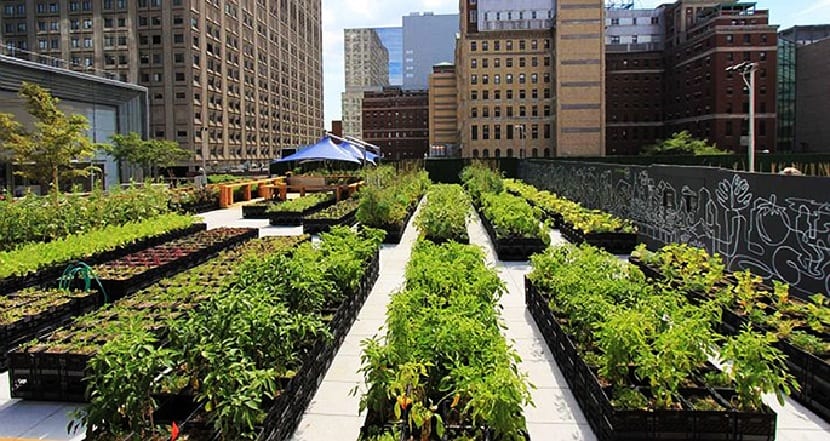
Possible solutions of the administrations
Make more competitive public transport.

imposing regulations like tolls in city centers.
Decreasing the need for mobility among its inhabitants, with innovative urban projects.
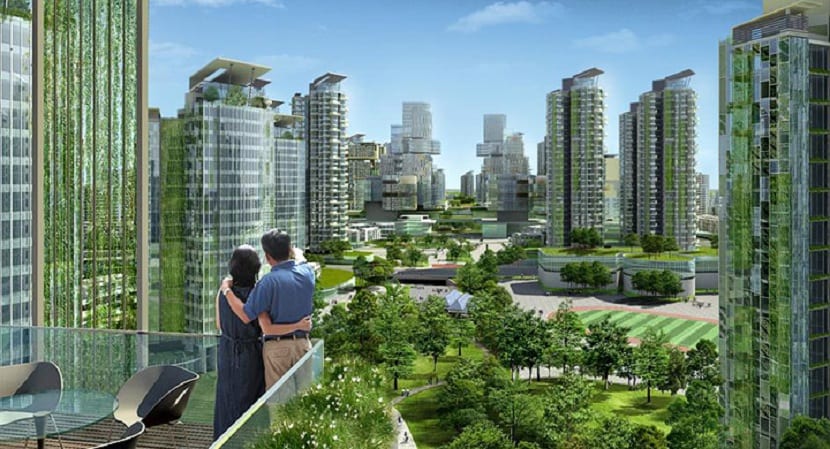
Increasing green areas and gardens.

In fact, the latest trend is vertical gardens, tall buildings fitted out to house trees and plants, absorb a large amount of carbon dioxide, making them an excellent filter for pollution and producing oxygen

Promote smart buildings
Either with a new legislation, or with subsidies. It is important to promote sustainability both in the new and in the older buildings.
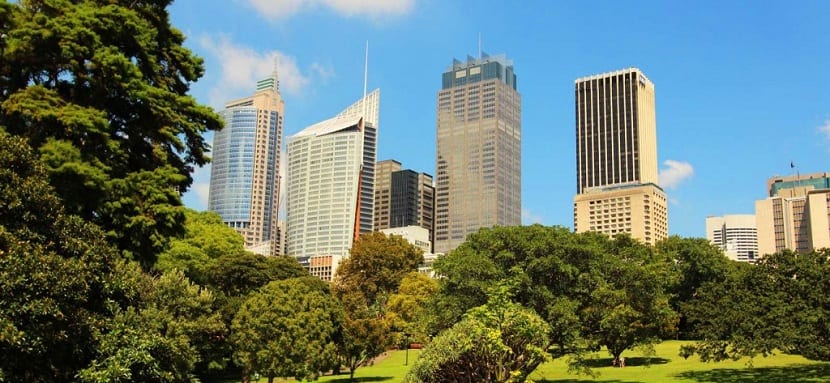
Currently this is not cheap, but the new smart buildings that are being built around the world have the idea of be self-sufficient or at least have a much lower impact on the environment. Some of the buildings that are built today can store rainwater that is reused for toilets and keep the complex itself cool, there are windows that allow more light to enter reducing energy consumption and now, thanks to new panels with a special coating, these buildings can absorb air pollution and transform it into a harmless waste
Using special asphalts that absorb some of the pollution like Noxer.

Noxer blocks are cement mortar blocks with a thin 5-7 mm layer of titanium (IV) oxide, which acts as a heterogeneous catalyst. Titanium (IV) oxide is a photocatalyst that uses sunlight to absorb nitrogen oxides very polluting (NO and NO2) in harmless nitrates that are washed from the pavement by rainwater.
When titanium dioxide is exposed to ultraviolet radiation coming from sunlight, it absorbs radiation and causes electronic excitation.
Noxer blocks have replaced traditional pavement in about thirty towns in Japan, where they were first tested in Osaka in 1997. Today they can be found in the city of Westwinster, (London).
Noxer blocks help reduce pollution levels are already decreasing smog attack.


EXCELLENT THEME VERY EXPLICIT AND OF GREAT HELP,